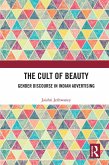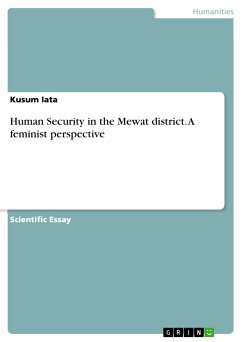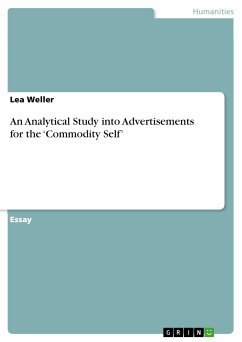Essay from the year 2019 in the subject Sociology - Gender Studies, grade: B, Education University of Hong Kong, course: ENG3267 Language and Gender, language: English, abstract: This essay aims to find out the typical characteristics of a female-centred advertisement and a male-centred advertisement, and how does advertisements usually brainwash audience practically to enhance their sales. Visuals would be mainly analysed and also texts occasionally, using the photographic art critique approach, i.e. to see how 'vision and visual images are expressions of power relations' by analysing how the audience see the images and how the producer exert the power of such way of seeing over the audience, and Michael Halliday's Systemic Functional Grammar. The Revlon advertisement starring Halle Berry and Noah Mills and shot by Brian Bowen Smith, and the Stella Artois advertisement shot by Annie Leibovitz are chosen for the analysis, which both are found on the internet. Gender representations in advertisements have been criticized as gender-biased and are utilized as a means for enhancing revenue of entrepreneurs. For example, beliefs such as "ageing is bad", "fat is bad", "body hair is bad", "natural body odour is bad" are promoted in advertisements so as to make the audience believe these are true. The companies can then successful increase sales such as anti-aging cosmetics, fat-free food, hair-removal cream and antiperspirant spray. Repetitive brainwashing using advertisements can simply make the "actual reader" be assimilated to become the imaginary "ideal reader" that the advertisement aims to promote the goods/service to unconsciously.
Dieser Download kann aus rechtlichen Gründen nur mit Rechnungsadresse in A, B, BG, CY, CZ, D, DK, EW, E, FIN, F, GR, HR, H, IRL, I, LT, L, LR, M, NL, PL, P, R, S, SLO, SK ausgeliefert werden.









